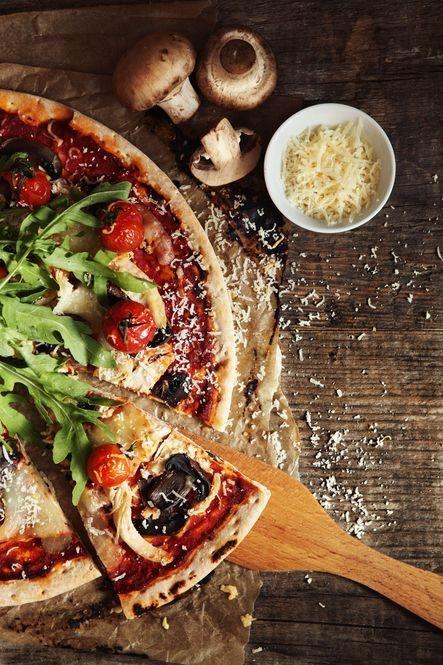At DoughVinci's Pizza, our philosophy is that the secret to outstanding pizza lies in the dough. With over 30 years of refinement, we are thrilled to impart some insider knowledge. While our proprietary blend is closely guarded, these tips will help you craft a dough that rivals that of a pizzeria, from the comfort of your own kitchen.
Choosing the Right Flour
A top-tier pizza dough begins with premium flour. 00 flour is our go-to—a fine Italian flour with a protein content around 12%, striking the perfect equilibrium of elasticity and softness. If 00 flour is elusive, bread flour can serve as a decent alternative, with a subtle variation in texture.
Temperature's Effect on Water and Hydration
The heat of the water influences the dough's rise and overall development. Opt for chilly water, approximately 45°F (7°C), to slow down fermentation and enhance the flavor. Warmer water, close to 85°F (29°C), will speed up the process. Aim for a hydration ratio of 60-70% when it comes to adding water to your flour, suitable for most residential ovens.
Fermentation: Patience over Quantity
To achieve a savory taste in the dough, less yeast and extended fermentation are key. We only use 0.2% of fresh yeast compared to the flour for a fermentation duration of 24-48 hours. This leisurely method allows for the natural development of robust flavors and easier digestion.
Salt's Structural Role
More than mere seasoning, salt fortifies the gluten network and moderates fermentation. Our advice is to mix fine sea salt at a ratio of 2.5-3% to your flour weight. Integrate it once the flour and water begin to merge, preventing it from impeding the yeast directly.
Mastering Fermentation
Post-mixing, allow the dough a bulk rise at ambient temperature for a couple of hours, then section it into balls. Encase these portions in lidded containers and chill them for a period ranging from one to three days. In this chilling phase, enzymes break down starches to sugars, enriching both taste and the golden-brown hue of our crusts.
Delicate Dough Handling
Prior to pizza creation, withdraw the dough from its cold state 1-2 hours before you intend to bake. Maintain the integrity of the air bubbles by handling the dough with care. Rather than rolling, use your fingertips to gently press and stretch it out, preserving those coveted pockets of air.
Preheat for Perfection
Although our professional ovens attain a searing 850°F (454°C), the average kitchen oven typically tops out near 550°F (288°C). To bridge this gap, preheat a pizza stone or steel for a substantial hour, delivering that crucial intense base heat needed for a perfectly crisped crust and a light, airy middle.
Honing your pizza dough technique is an evolving process; every attempt provides new insight. Monitor your progress, tweak variables, and find what perfects your dough in your specific cooking space.
Witness our dough creation firsthand at our monthly pizza workshop, where Chef Leonardo guides through these steps. For schedule details, view our event calendar!

